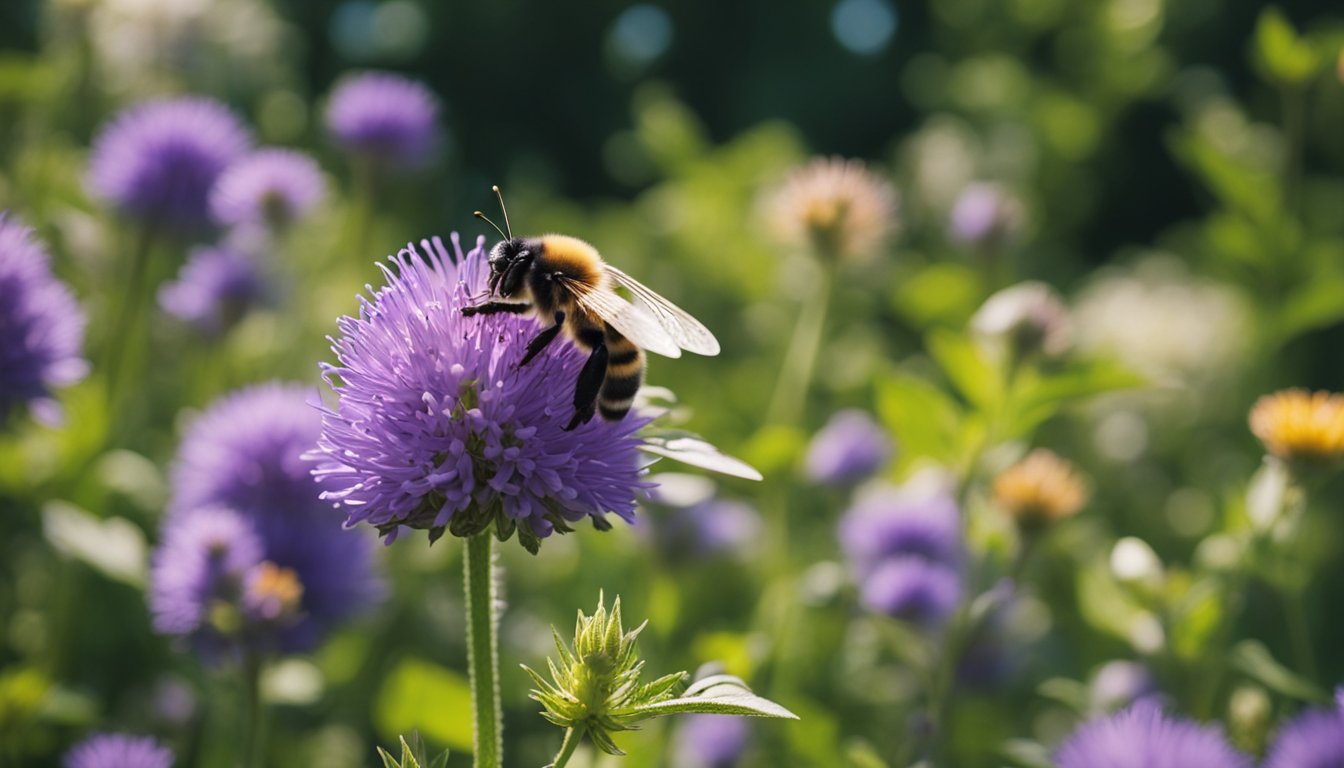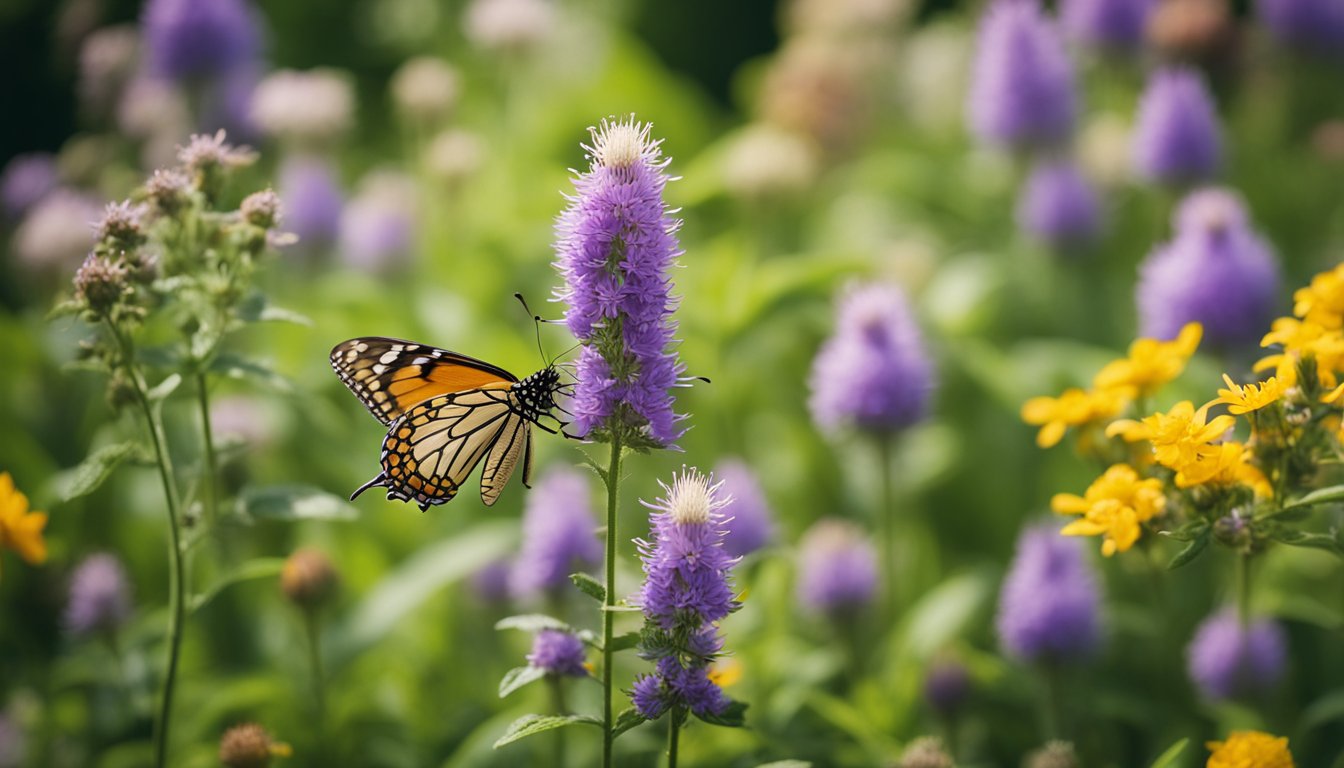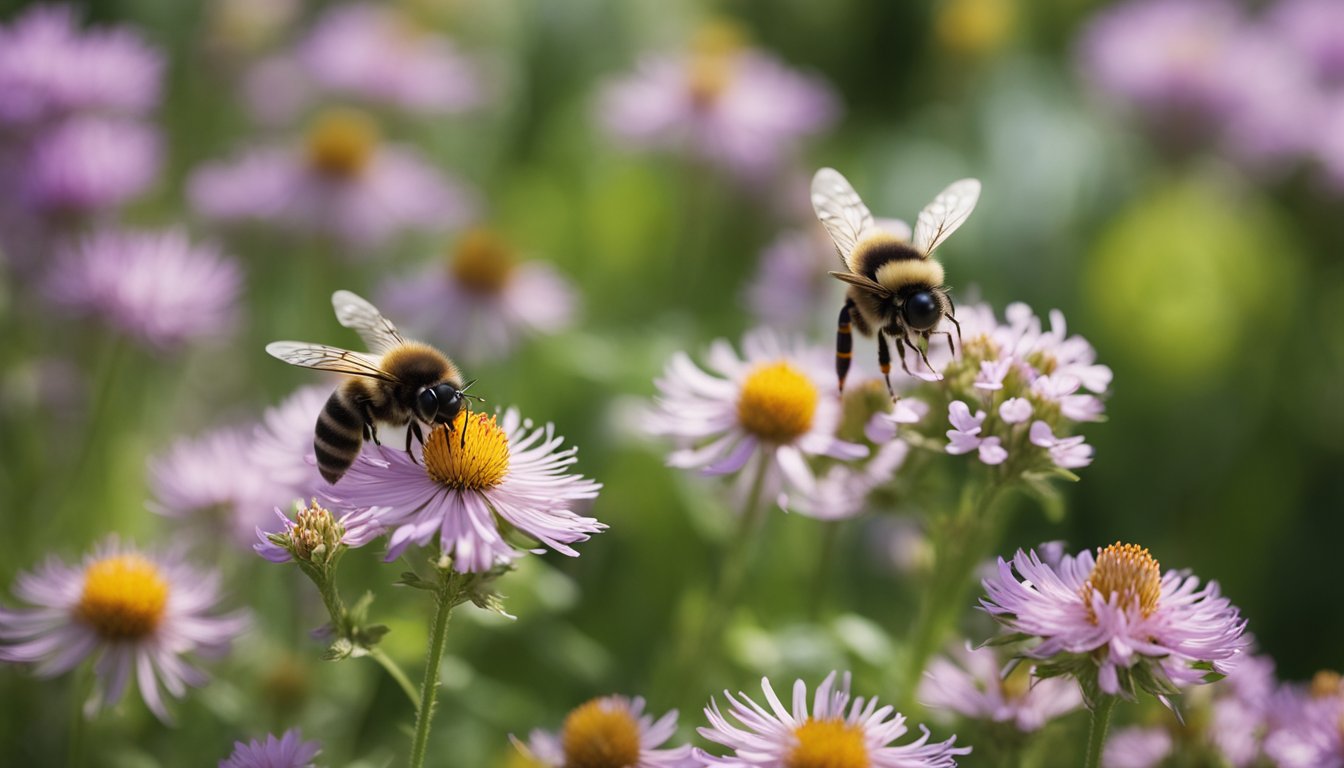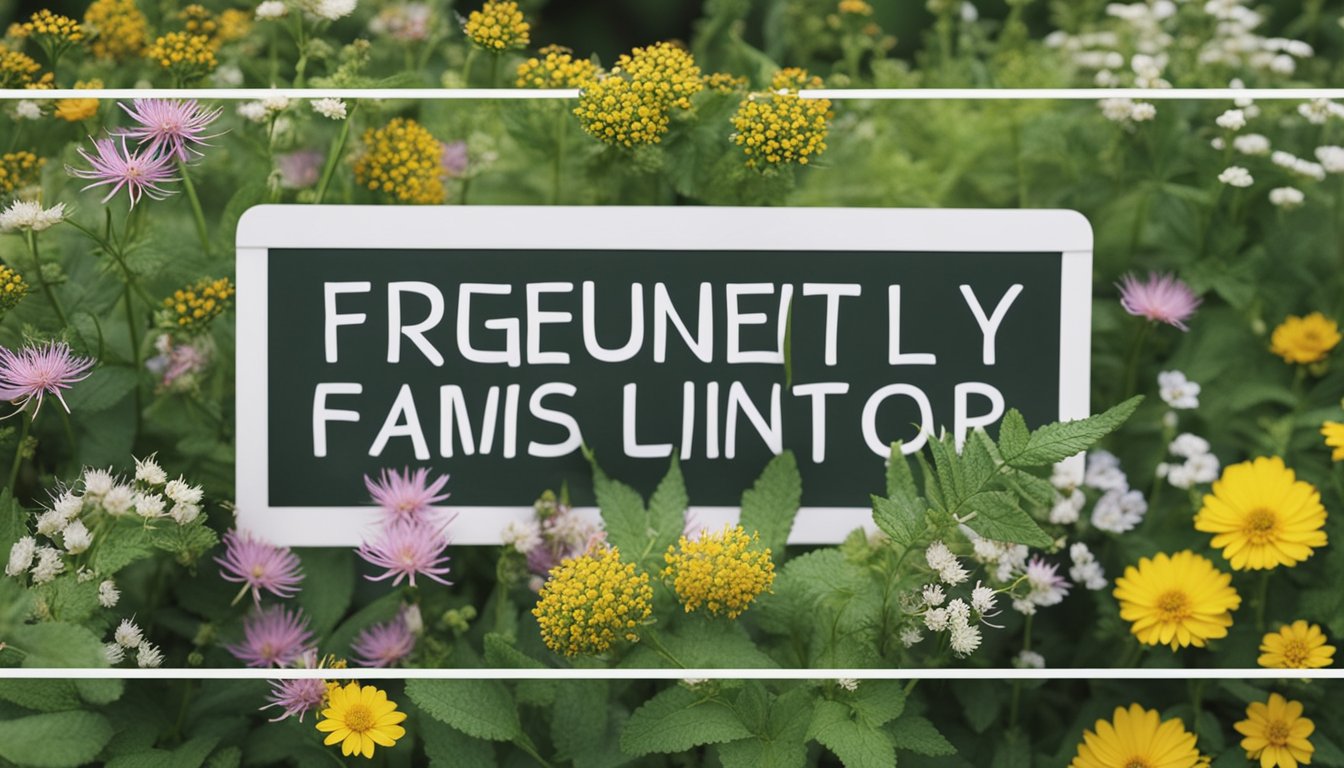Late updated: 10 Aug 2024 09:08
Written by: Emily Thornton
Best Native UK Plants For Pollinator Gardens: Top Choices to Boost Biodiversity
Creating a thriving pollinator garden is rewarding both for us and the environment. In the UK, native plants offer the perfect solution for attracting a variety of pollinators, from bees to butterflies. By focusing on native species, we ensure that our gardens are providing the best possible habitats for local wildlife.

Examples of effective native plants include the Hawthorn, which supports over 150 different insect species, and the vibrant Michaelmas Daisy. These plants not only contribute to biodiversity but also add a natural beauty to our gardens, making them more enjoyable spaces.
To truly maximise the benefits for pollinators, it's essential to plant a variety of species that flower at different times of the year. This guarantees a continuous supply of nectar and pollen, supporting pollinators throughout their active seasons. Consider incorporating plants like Wood Anemone and Common Sunflower to cover different periods and needs.
Key Takeaways
- Best native UK plants provide optimal habitats for local pollinators.
- Diverse planting ensures a continuous supply of nectar and pollen.
- Integrating native species boosts garden biodiversity and beauty.
Fundamentals of Creating a Pollinator-Friendly Garden

Creating a pollinator-friendly garden involves more than just planting flowers. We need to focus on the specific needs of pollinators, such as bees and butterflies, and ensure our gardens provide diverse and consistent food sources, nesting sites, and optimal conditions for thriving.
Understanding the Role of Pollinators
Pollinators are essential for the reproduction of many plants. They help transfer pollen from one flower to another, enabling the formation of seeds and fruit. Without pollinators, many plants we rely on would struggle to reproduce effectively.
Native UK pollinators include various species of bees, butterflies, and hoverflies. These creatures rely on a diversity of plants to find nectar and pollen throughout the growing seasons. Supporting them means ensuring our gardens have flowering plants from spring through autumn.
Choosing the Right Plants for Pollinators
Choosing the right plants involves selecting species that provide nectar and pollen. Native plants are particularly important as they have evolved alongside local pollinators. Examples include the Common Knapweed (Centaurea nigra), which blooms from June to September, offering nectar for butterflies.
We should include a mix of perennials and annuals to ensure continuous blooms. Diversity is key; different pollinators have varied preferences, so a mix will cater to various needs. Plants like foxgloves, wild marjoram, and clover are excellent choices to support pollinators in the UK.
Garden Design for Maximising Pollination
Design plays a crucial role in promoting pollinator activity. We should place plants in groups to create large target areas for pollinators. This makes it easier for them to find resources.
Sunny spots are crucial; most pollinator-friendly plants need at least six hours of sunlight daily. Adequate water supply and rich, well-drained soil enhance plant health, indirectly supporting pollinators.
Providing nesting sites is also important. Hollow stems, bare patches of soil, and small piles of woody debris create habitats for various pollinator species. Adding water features like shallow dishes can help provide vital hydration, especially during dry spells.
Key Native Plants and Their Benefits to Pollinators

In our pollinator gardens, selecting the right native plants is crucial for supporting bees, butterflies, moths, and other pollinators. Native plants provide nectar, pollen, and habitat, making them indispensable for fostering a thriving ecosystem.
Shrubs and Trees for Year-Round Forage
Incorporating shrubs and trees that bloom at different times ensures year-round forage. Hawthorn (Crataegus monogyna) is a standout, offering rich nectar in spring and supporting over 150 insect species, including butterflies and moths.
Ivy (Hedera helix) is another essential plant. Flowering in late autumn, it provides a crucial nectar source for bees when few other plants are in bloom. Honeysuckle (Lonicera periclymenum) benefits night-flying moths with its tubular flowers, filled with nectar. These varieties champion biodiversity while maintaining the ecosystem’s balance.
Herbaceous Perennials and Flowers for Pollinators
For vibrant and nectar-rich flower beds, Lavender (Lavandula angustifolia) is indispensable. Its fragrant blooms are a hit with honeybees and butterflies. Sedum (Sedum spectabile), flowering late in the season, ensures food for bees as other flowers fade.
Verbena (Verbena bonariensis) provides long-lasting blooms that attract both bees and hoverflies. Coneflower (Echinacea purpurea) and Wallflower (Erysimum) are additional stars, offering ample nectar. A diversity of perennials ensures a steady food supply and visual appeal.
Utility Plants for Pollinators: Herbs and Vegetables
Including herbs and vegetables in our gardens not only benefits pollinators but also enriches our culinary experience. Borage (Borago officinalis) stands out with star-shaped flowers that bees adore. Lavender serves double-duty, offering nectar to pollinators and flavour to dishes.
Vegetables like courgettes and strawberries produce flowers that attract bees, vital for fruit set. Herbs like sage and thyme are also excellent nectar sources. By integrating these plants, we create a multi-functional space that supports pollinators and our needs.
Frequently Asked Questions

For those looking to enhance their gardens with native UK plants that benefit pollinators, it's essential to know which flowers and plants provide the best support and how to create an environment that sustains local wildlife all year.
What varieties of flowers are most beneficial for bees and butterflies in British gardens?
Plants like Lavender, Foxglove, and Common Knapweed are highly attractive to bees and butterflies.
Which low-maintenance plants native to the UK are recommended for attracting honey bees?
Hawthorn and Bluebells are excellent for honey bees and require minimal upkeep.
How can one create a pollinator-friendly garden that supports local wildlife year-round?
Incorporate a mix of perennials, shrubs, and trees that bloom at different times throughout the year, such as Cowslip, Honeysuckle, and Ivy.
What are the best plants to include in a vegetable garden to encourage pollination?
Adding Borage, Marigold, and Thyme not only attracts pollinators but also enhances the productivity of vegetable gardens.
Can you recommend bee-friendly plants suitable for growing in pots or containers?
Herbs like Mint, Oregano, and Chives are perfect for pots and very attractive to bees.
What options are available for plants that support pollinators in shaded areas?
Wood Anemone and Foxglove thrive in shaded areas and provide valuable nectar and pollen for pollinators.
